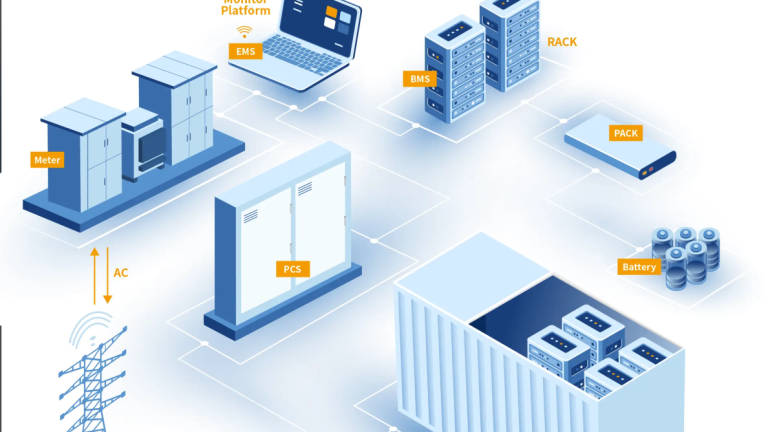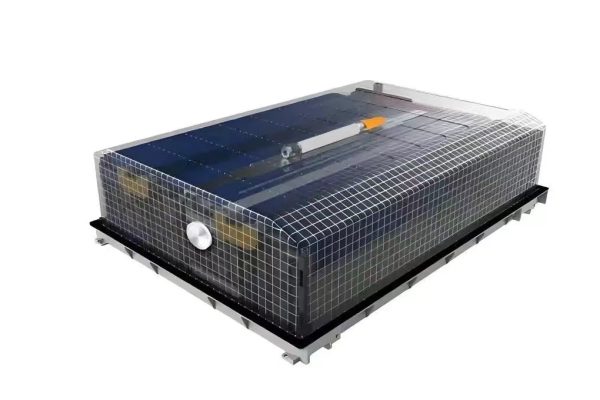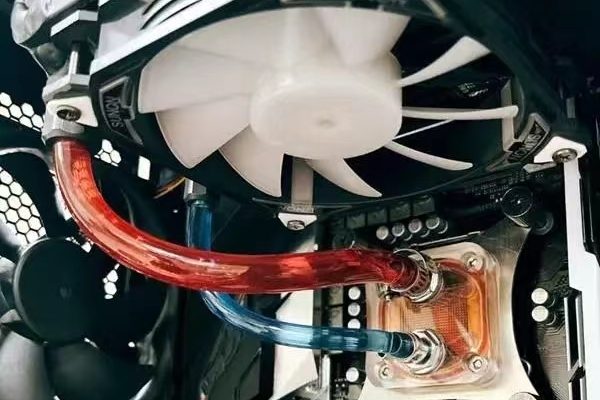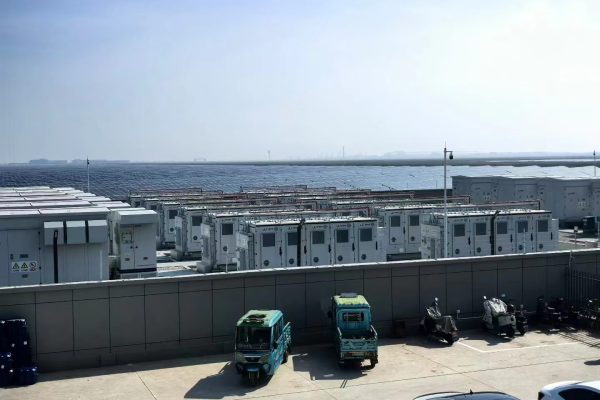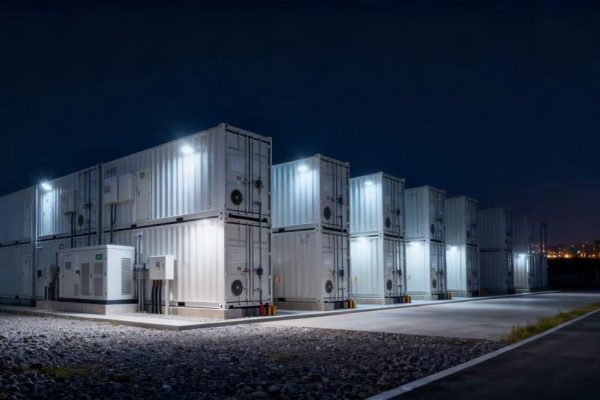Introduction
Battery storage is no longer a futuristic concept—it’s a practical tool that helps Small and Medium Enterprises (SMEs) cut electricity bills, manage peak demand, and increase energy autonomy. But for small businesses, battery storage is not a “buy-big-and-save-more” game. Without careful planning, the investment can take longer to pay back or create unexpected challenges.
This guide explains five critical considerations every SME should evaluate before investing in a battery energy storage system (BESS), especially those using lithium batteries. As a technical trading company, you can use these principles to guide customers, offer better product sourcing, and build long-term trust.
1. Bigger Is Not Always Better: Understanding SME Pain Points
Unlike industrial plants or utility-scale projects, SMEs have:
- Limited cash flow for large upfront investments
- Unstable or seasonal power usage patterns
- No dedicated energy teams to monitor system performance
- Limited physical space to install battery systems
That means: Right-sizing the system is more important than over-sizing.
⚠️ Common mistake:
Businesses choose 100 kWh+ systems hoping for maximum savings, but end up only using 40–50% of battery capacity regularly—delaying ROI and increasing risk.
✅ Smart strategy: Start with modular systems (e.g., 20–40 kWh) with the option to expand later. Match investment to actual energy pain points.
2. Match Battery Size to Load Curve, Not Just Monthly Bills
Your client may say:
“We pay $2,500 a month for electricity. How much battery do we need?”
But monthly electricity cost does not determine the ideal battery size. What matters is:
🔍 Daily load profile:
- When is power usage highest?
- Are there peaks during lunch, morning startup, or equipment usage?
- Are they affected by Time-of-Use (TOU) tariffs?
🧠 Example:
A coffee roasting factory in Thailand uses 80% of its power between 7:00–11:00 AM. A 30 kWh battery helped it avoid high morning peak rates without needing a 100 kWh setup.
Tools to help:
- Energy meter logs (24–48 hrs of data)
- Smart plugs or IoT power monitors
- Local utility TOU tariff tables
📈 Best Practice: Design the battery size to cover 60–80% of peak load for 1–2 hours. Don’t aim for 100% coverage unless client insists.
3. Hidden Costs of Storage: It’s More Than the Battery
The battery module might cost $10,000—but the real system cost includes:
| Component | Cost Impact | Notes |
|---|---|---|
| Inverter (PCS) | 20–30% | Hybrid or retrofit, phase type matters |
| BMS & EMS | 10–15% | Monitoring software, remote control |
| Cabling & Installation | 10–20% | Varies with layout, trenching, electrical panel quality |
| Safety Features | 5–10% | Fire suppression, ventilation, alarms |
| Space Use | Opportunity cost | Does the business lose warehouse space? |
🔧 Also consider:
- Local fire code compliance
- Battery temperature and humidity control
- Insurance and permitting
⚠️ Example:
A garment workshop in Vietnam installed a 50 kWh lithium battery but had to remove inventory racks to make space. The storage room lost productivity, affecting workflow.
✅ Tip: Offer customers cabinet-type LFP systems or wall-mounted modular units to save space.
4. What’s the Real Payback? Use-Case-Based ROI Analysis
Battery storage doesn’t always pay off the same way. Depending on local electricity policy, rate structure, and usage habit, ROI can vary from 2 to 8 years.
💡 Key Use Cases for SMEs:
(1) TOU Arbitrage
Charge batteries when electricity is cheap (e.g., midnight) and use during peak rate hours (e.g., 4–9 PM).
- ROI: 3–5 years
- Best regions: Australia, California, Japan, South Korea
(2) Demand Charge Reduction
Use battery to shave load peaks and avoid costly demand charges (based on max kW usage).
- ROI: 2–4 years
- Best for: SMEs with motor equipment or heating/cooling surges
(3) Solar Self-Consumption Boost
Store excess solar to use at night instead of feeding to the grid.
- ROI: 4–7 years (depends on feed-in tariffs)
- Tip: Works better when solar + battery are designed as one system
(4) Backup Power / Energy Security
Keep machines running during outages. This is value-driven, not always cost-saving.
- ROI: difficult to quantify, but critical for businesses like cold storage, food processing, digital printing
5. Real Case Studies: What Worked, What Didn’t
☕ Coffee Roasting SME (Thailand)
- Load: 25–30 kWh/day, peak at 8–11 AM
- System: 10kW hybrid inverter + 30 kWh LFP battery
- Result:
- Reduced morning TOU cost by ~35%
- Payback in 3.8 years
- Used battery mostly for TOU and light backup
- Bonus: Improved power quality during brownouts
👕 Garment Workshop (Vietnam)
- Load: 50–60 kWh/day, peak at 1–3 PM (irons, sewing machines)
- System: 15kW retrofit inverter + 50 kWh LFP cabinet
- Result:
- Peak shaving saved ~$220/month on demand charges
- Payback in 4.5 years
- Faced issues with floor space and ventilation (solved by relocating unit)
📦 Your trading company takeaway: Always consider load shape, tariff structure, space conditions, and offer modular solutions where applicable.
Bonus: 3 Value-Add Services for Trading Companies
As a technical trading business, you may not install batteries—but you can help SMEs succeed by providing:
1. ROI Simulations & Proposal Kits
Use basic Excel-based ROI models with:
- Tariff structure
- Daily load shape estimate
- Payback period
- Cash flow projection over 5–10 years
2. Pre-Built Bundles
Offer kits like:
- “10kWh SME starter pack”
- “15kW inverter + 30kWh battery + cables + cabinet”
- Include specs, installation drawings, shipping details
3. Vendor Sourcing Support
Help customers find:
- Certified lithium battery brands (LFP, NMC, CATL-based)
- Inverters with built-in EMS
- Local compliant BOS kits (breakers, fuses, enclosures)
Conclusion: SMEs Need Realistic, Scalable Battery Solutions
For SMEs, battery storage is not a one-size-fits-all investment. The right solution balances:
- Load profile and use-case
- Total cost (not just battery price)
- Physical and safety constraints
- Payback expectations and risk tolerance
By offering tailored advice, right-sized systems, and reliable lithium battery options, trading companies can become long-term energy partners to growing businesses.
💡 Final Thought: In energy storage, success comes not from selling more kWh—but from matching kWh to business value.





